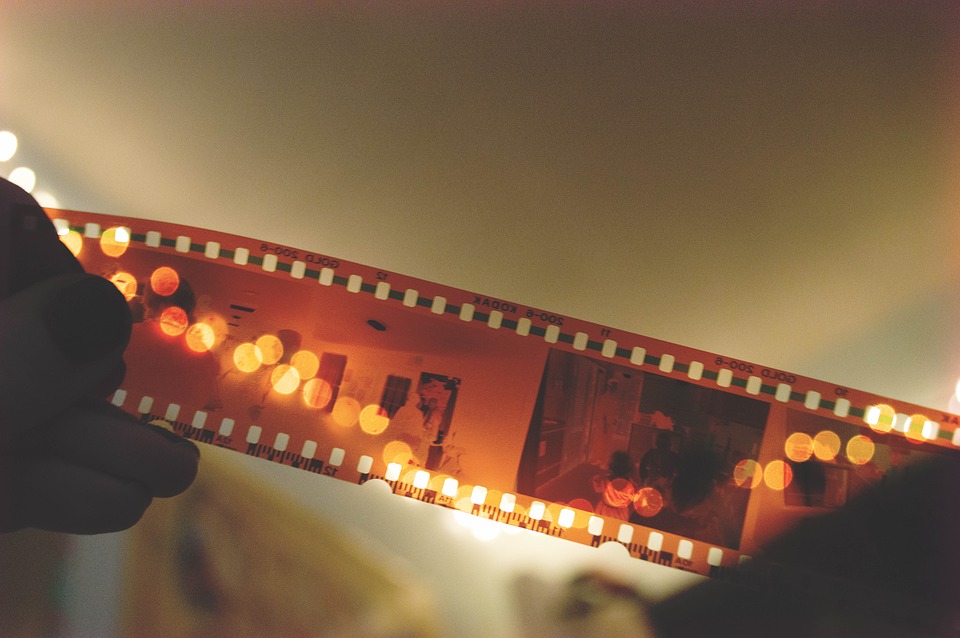White Building follows 20-year-old Samnang and his group of friends in a landmark tenement housing block in the Cambodian capital Phnom Penh, called White Building. The boys harbor dreams of dancing on television talent contests, while their parents lead more traditional lives. When the White Building faces demolition, the families in the block are hit with the brutal realities of gentrification in modern Cambodia.
Emerging Cambodian filmmaker Kavich Neang has a deep personal connection with the White Building, an iconic structure that was demolished in 2017.
The White Building was built in 1963 by Cambodian architect Lu Ban Hap and Russian architect Vladimir Bodiansky, in the middle of Phnom Penh. During the Khmer Rouge regime, it was completely empty as the whole country was forced to leave their homes in the city, and many of them were killed during that period.
Post-Khmer Rouge, many artists, painters, Cambodian classical performers, traditional musicians, singers, circus performers and sculptors returned to their homes, and some were invited to live in the White Building.
“My father was one of the sculptors,” Neang told Variety. “I was raised there for my entire life.” When plans for the building’s demolition were announced in 2017, Neang witnessed all his neighbors and friends packing their belongings to leave.
“It was a nightmare, and it was really painful to see all that happen,” says Neang. “Sometimes I could really imagine the actual White Building, hearing the sounds from the empty corridor during the demolition in my mind again. Even now, for me, time is very confused, stuck between the past and the present.”
“Making this fictional film was like revisiting the former White Building, and I also tried to reconnect my spirit with the space again,” said Neang. “In Cambodia, politically speaking, people are not always free to speak out their thoughts or opinions. I think White Building is one of the hundreds of stories that need to be revealed.”
“The demolition of the building actually freed me from my obsession with my home, and forced me to look at the other historic apartment blocks around Phnom Penh which are facing similar threats of demolition,” Neang said. “We ended up shooting the film in two other buildings, and we found each one had communities of their own which reminded me of my former home.”
The process of financing was long, but actively championed by Cambodian filmmaking collective Anti-Archive, with Davy Chou as producer. Chinese filmmaker Jia Zhangke’s Xstream Pictures came on board, as did French company Apsara films, led by co-delegate producer Marine Arrighi de Casanova, who is a French producer with Cambodian heritage. It received support from the Cambodia Film Commission, Pour un Sourire d’Enfant School of Media, the Cambodian Ministry of Culture and Fine Arts, and the Cambodian Cinema Dept. Another Cambodian production company Kongchak Pictures joined as co-producer.
Les Films du Losange is handling international sales of the film. International funding came from Fonds Image de la Francophonie, Visions Sud Est in Switzerland, Germany’s World Cinema Fund Plus Europe scheme, and the French CNC’s Aide aux Cinémas du Monde production support. Post-production support from Doha Film Institute followed, and the project later won the Torino Film Lab’s Audience Design Fund.
According to screendaily.com and variety.com












